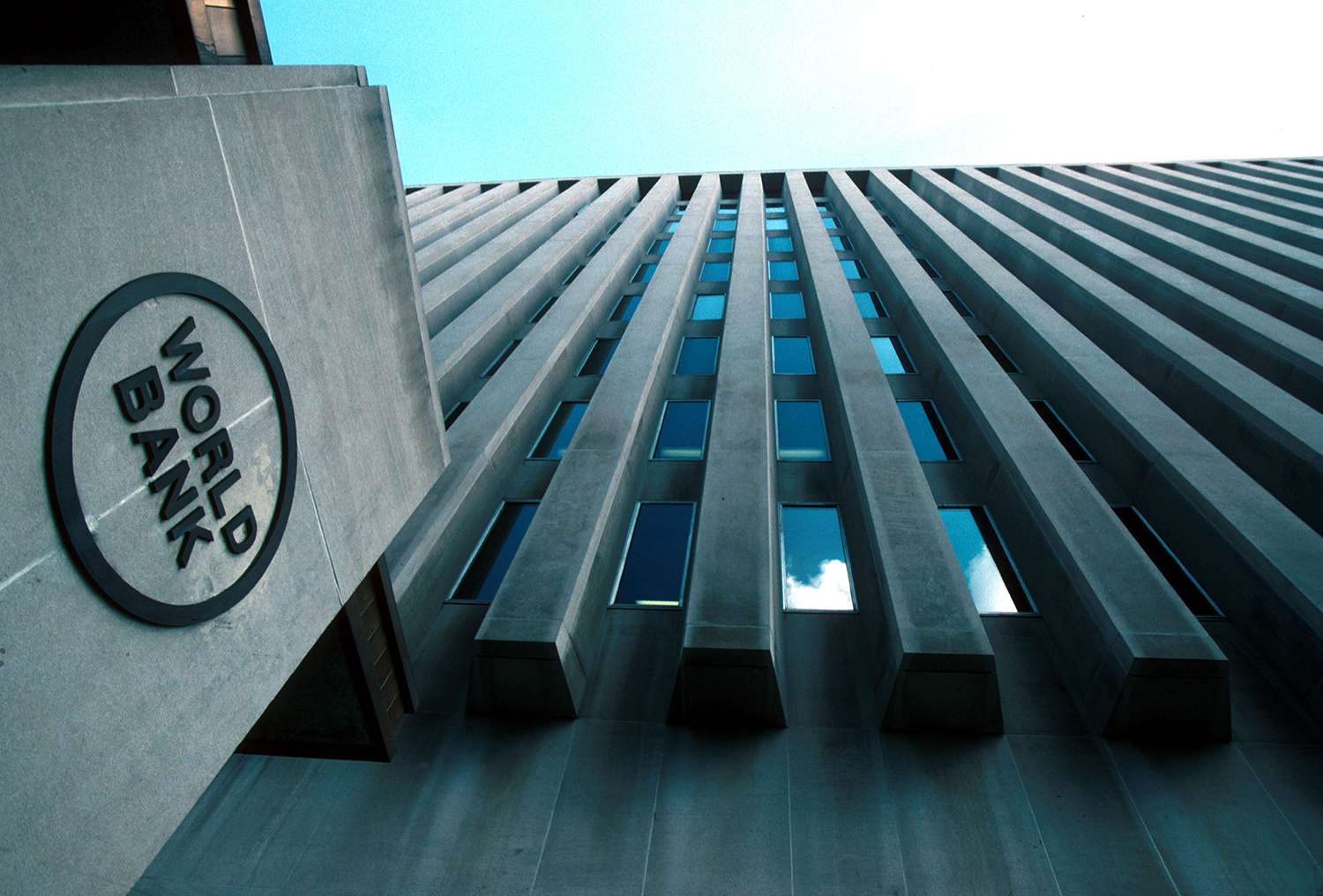Sub-Saharan Africa's growth dragged down by continent's heavyweights: World Bank

JOHANNESBURG: Sub-Saharan Africa's economic growth is expected to slow this year, dragged down by slumps in heavyweights South Africa, Nigeria and Angola, the World Bank said on Wednesday.
Regional growth will slow to 2.5% in 2023 from 3.6% last year, the bank said in a report, before rebounding to a projected 3.7% next year and 4.1% in 2025.
Regional growth will slow to 2.5% in 2023 from 3.6% last year, the bank said in a report, before rebounding to a projected 3.7% next year and 4.1% in 2025.
In per capita terms, the region has not recorded positive growth since 2015, as African countries' economic activity has failed to keep pace with their rapid increase in population.
Some 12 million Africans are entering the labour market each year, the World Bank wrote in its twice-yearly "Africa's Pulse" report. But current growth patterns generate just 3 million jobs in the formal sector.
Some 12 million Africans are entering the labour market each year, the World Bank wrote in its twice-yearly "Africa's Pulse" report. But current growth patterns generate just 3 million jobs in the formal sector.
More than half of the region's countries - 28 out of 48 - have seen their 2023 growth forecasts revised downward from the World Bank's April estimates.
The continent's most developed economy, South Africa, which is facing its worst energy crisis on record, is expected to grow just 0.5% this year.
Sudan, which is in the midst of a major internal armed conflict that has destroyed infrastructure and brought the economy to a standstill, is expected to be hit by a 12% contraction, the Bank said.
Excluding Sudan, regional growth would be 3.1%.
"The region is projected to contract at an annual average rate per capita of 0.1% over 2015-2025, thus marking a lost decade of growth in the aftermath of the 2014-15 plunge in commodity prices," the report stated.
While sub-Saharan inflation is expected to ease to 7.3% this year from 9.3% in 2022, it remains above central bank targets in most countries.
Meanwhile, recent military coups in Niger and Gabon in the wake of army takeovers in Guinea, Mali and Burkina Faso, as well as armed conflicts in Democratic Republic of Congo, Ethiopia, Somalia and Sudan, have created additional risk in Africa.
And mounting debt is draining resources, with 31% of regional revenues going to interest and loan payments in 2022.
Share to Twitter

